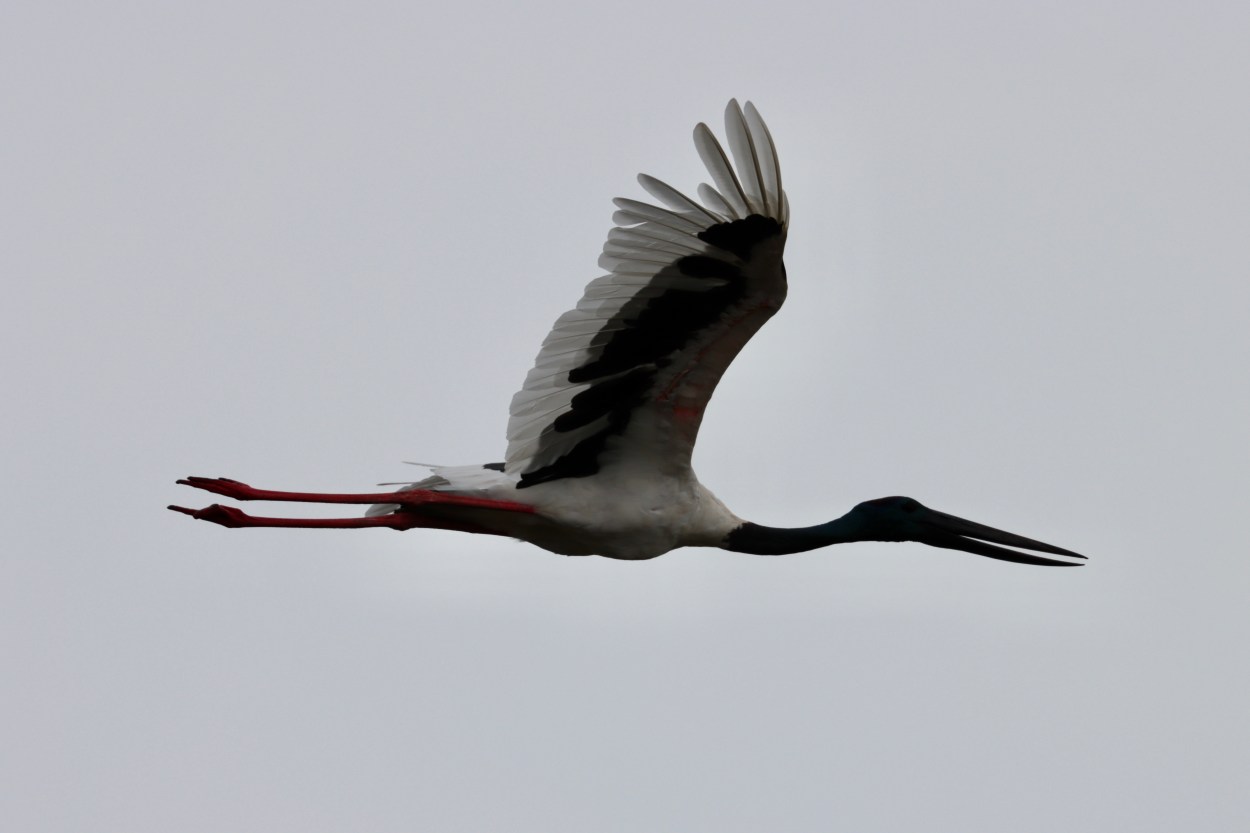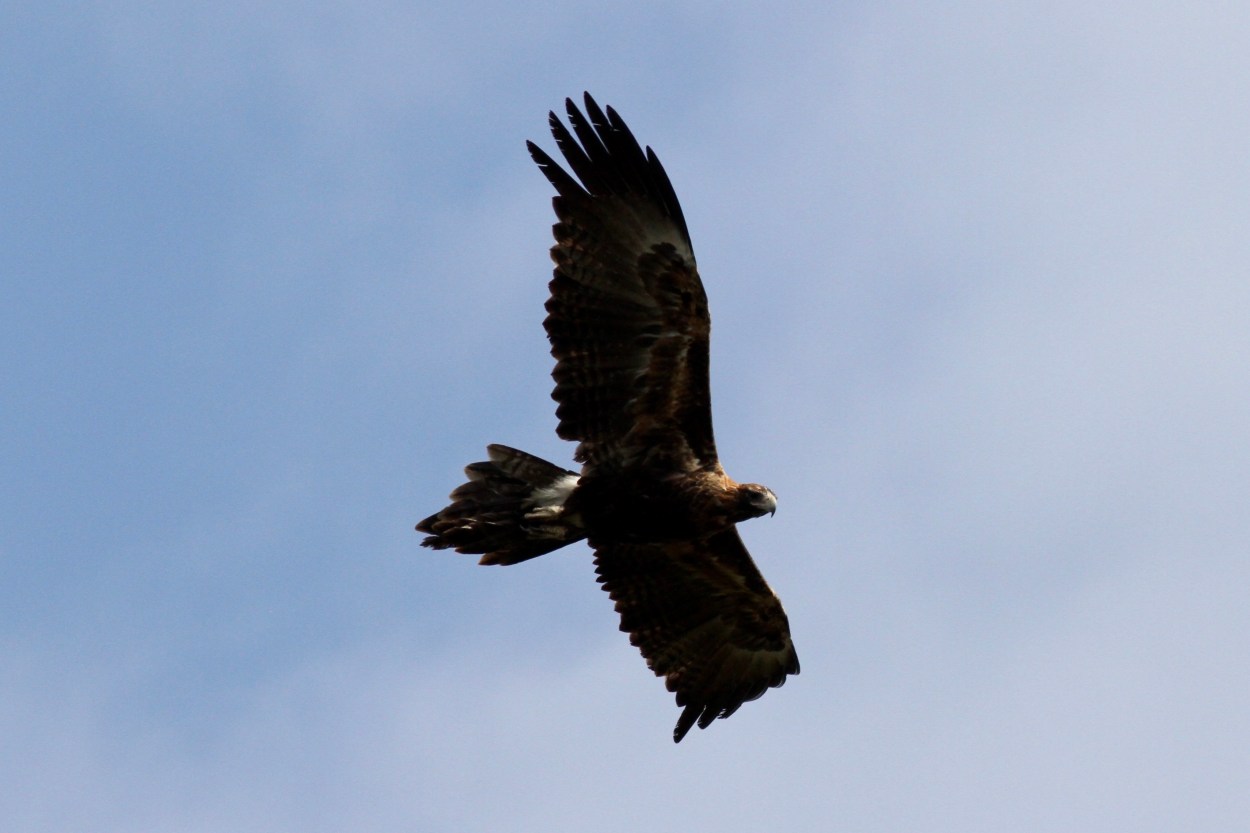
On Thursday we had a big day out in the Hunter. We had left the house by 05.00 and didn’t return until nearly 11.00pm – visiting some of the most far-flung parts of the Hunter Bird Observers Club recording area. Our collective team efforts did not go unrewarded, with an impressive seven Hunter ticks – bringing my all-time total to 332. Most of the birds were either species on the extreme western edge of their range or birds with a particular habitat niche. Either way a lot of travelling was involved between ticks.
Yesterday was the Big Day – Dan’s 40th – but we began it in customary style but visiting woodlands in the Kurri Kurri / Cessnock area, to look for Regent Honeyeater. There are perhaps only around 250 – 300 wild birds left in the world and although there is an active captive breeding & release programme, this prince amongst honeyeaters remains on the brink of extinction. Thanks to a local birding friend they were reasonably easily located and safely observed. We saw at least half a dozen birds, including a fully fledged youngster and one of the two adult males recently fitted with a satellite tracker – in the hope that their still unknown wintering grounds might be located & protected.
By 3.00pm the birthday party was in full swing. It was a looong time before we could see the New Year in and fall into bed. A Happy 2022 to one and all.






